Buried metals interact with the earth’s magnetic field to emit electro-magnetic radiation. Radiation seems to be emitted across a spectrum of wavelengths from Near Infrared, through visible light to Ultraviolet. Different metals may have different dominant colours of radiation, as processed by the camera. This seems unrelated to the natural colour of the metal or alloy, since similarly coloured metals such as gold and brass do not necessarily produce the same colour radiation or aura. Colours can also change according to the size of the target. A single gold coin can produce a red aura and a bucketful will, presumably, also produce a red aura; a handful of iron junk, on the other hand, will produce a yellow aura but a lump the size of a car engine will produce a red aura. The colours do not work perfectly, unfortunately, but you can generally say that if the aura is not red then it will not be gold and you probably will not miss gold buried in an iron box. These colours are typical of the Canon camera using a long (Sigma) lens, which does not normally produce orbs.
The shorter Canon kit lens almost invariably produces an aura in the form of coloured orbs with a background colour. I believe the orbs form because of the geometry of the lens and is a function of radiation bouncing between the internal IR blocking filter or hot mirror and the rear of the external IR filter. Gold tends to produce multiple blue orbs on a red background and again, the size of the target may affect the numbers of orbs and colours.

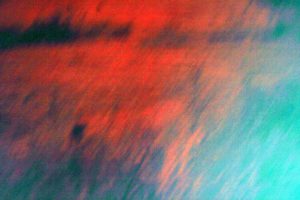

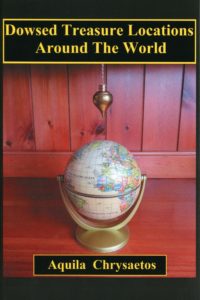
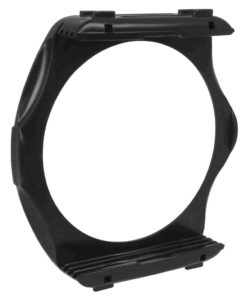
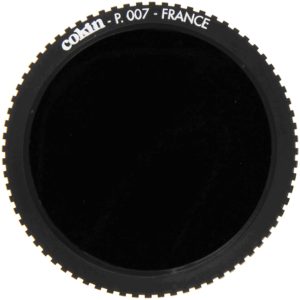


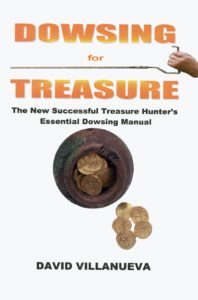
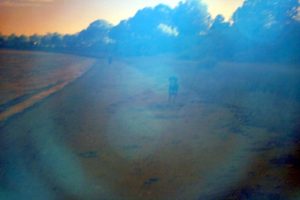


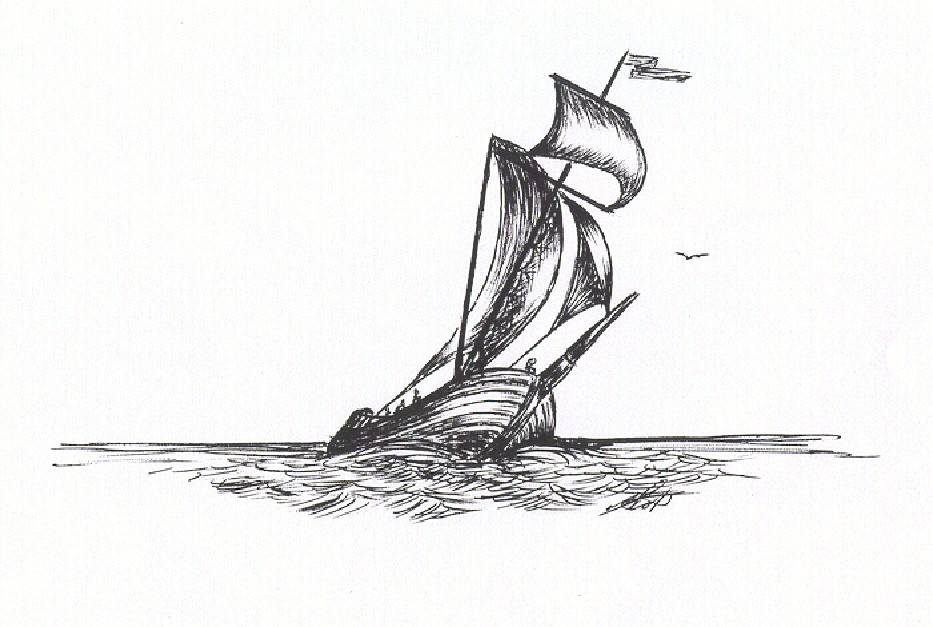
Recent Comments